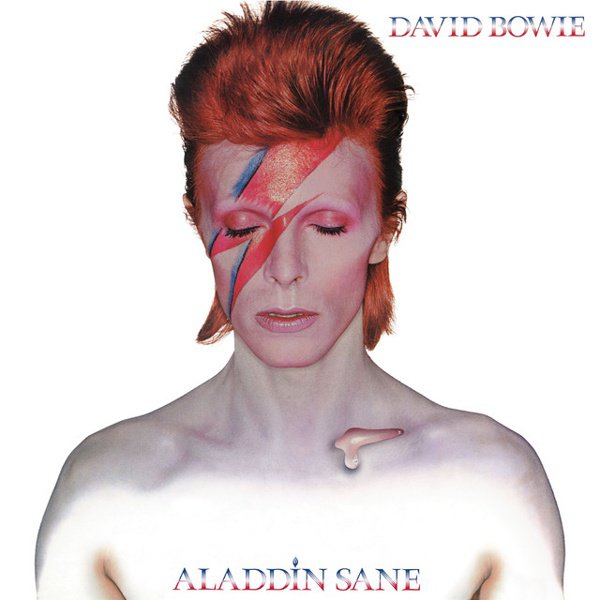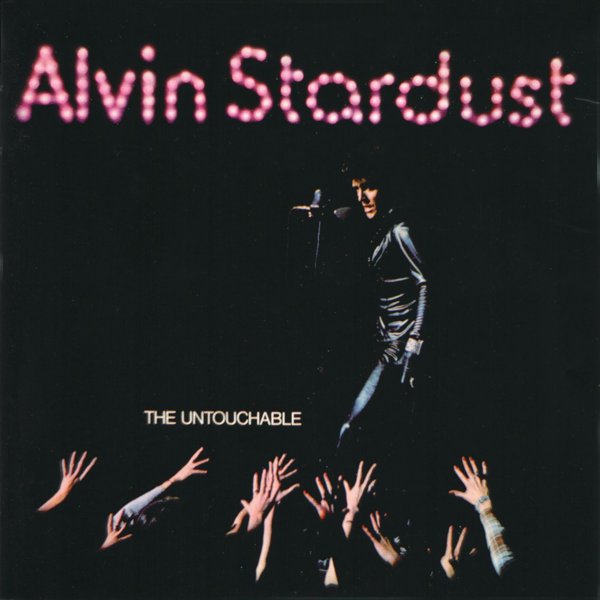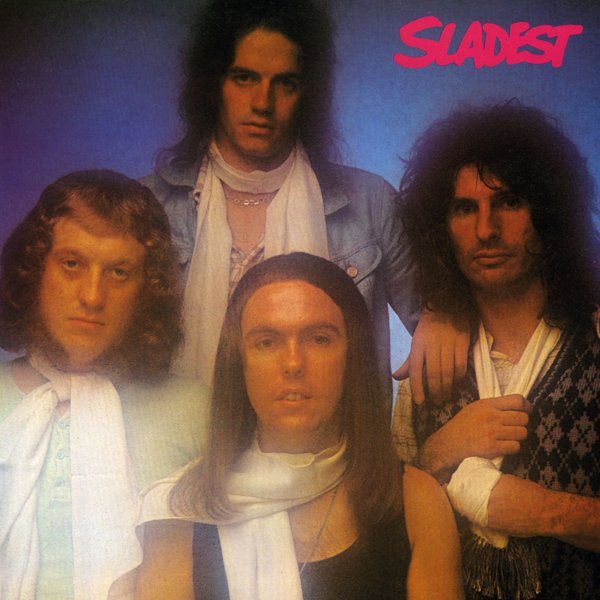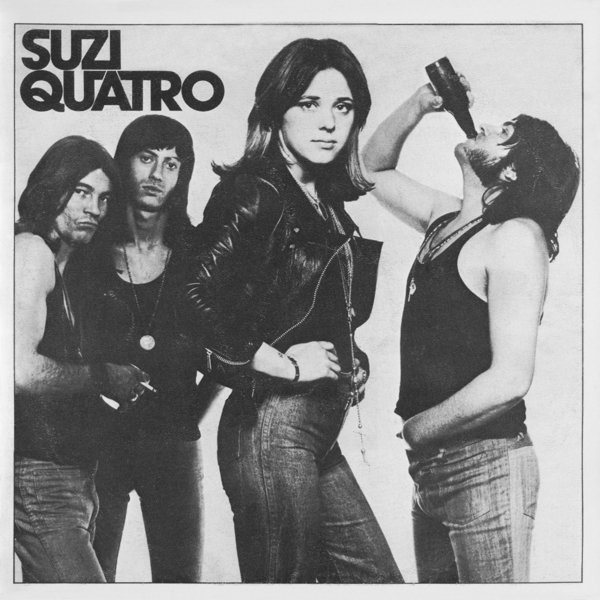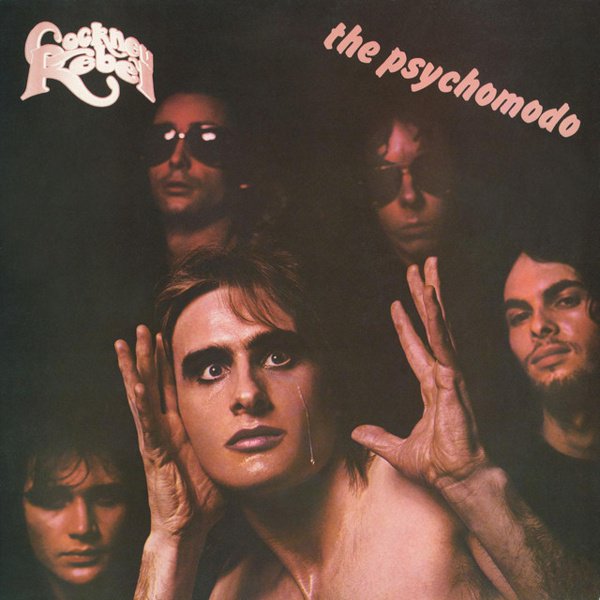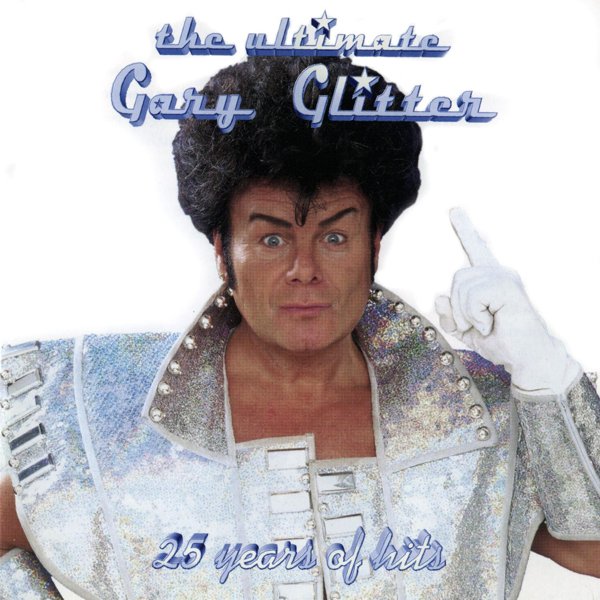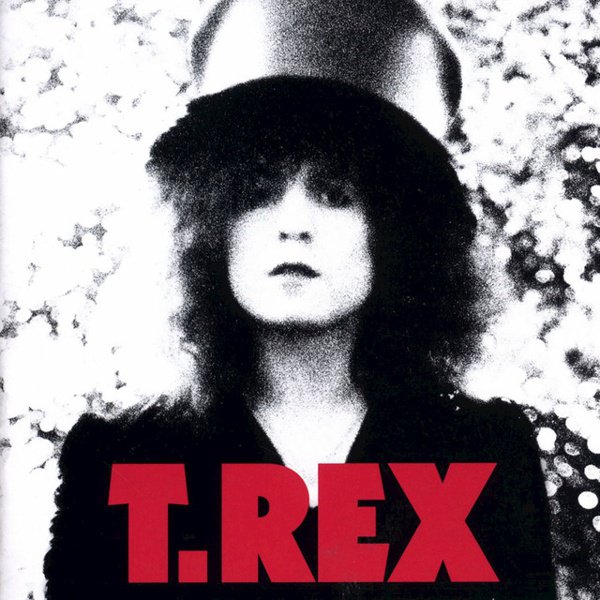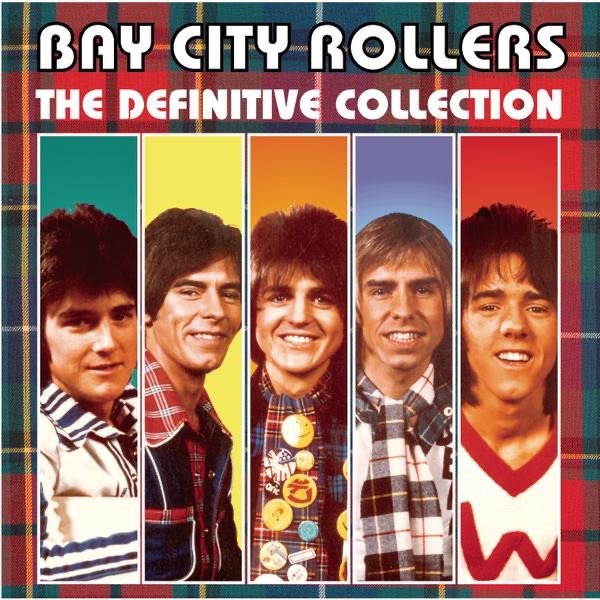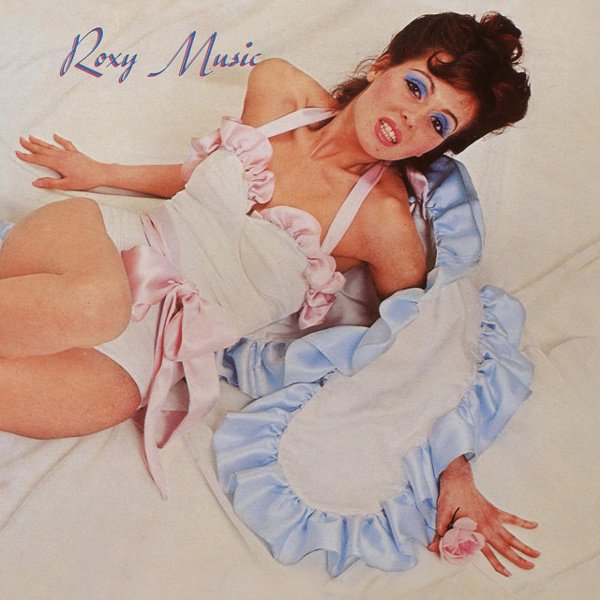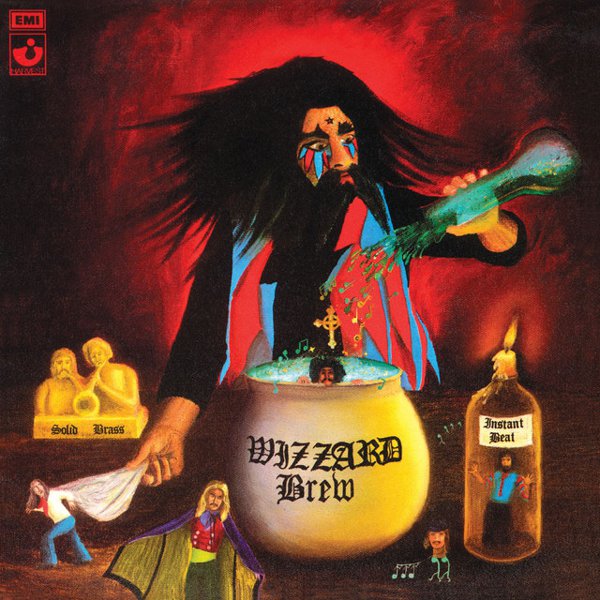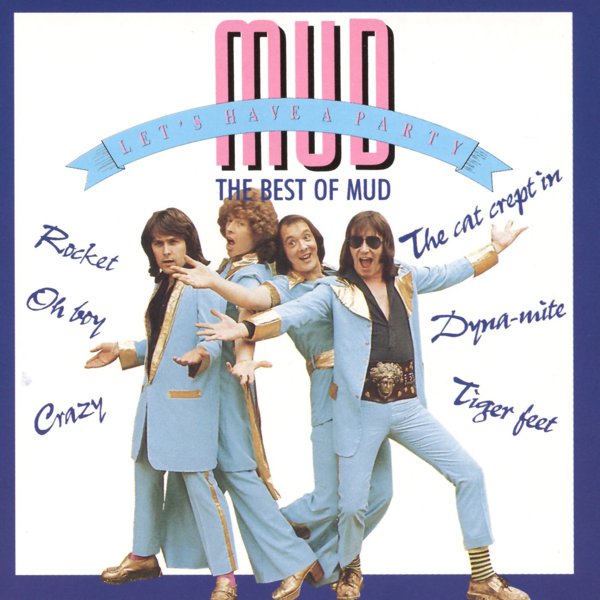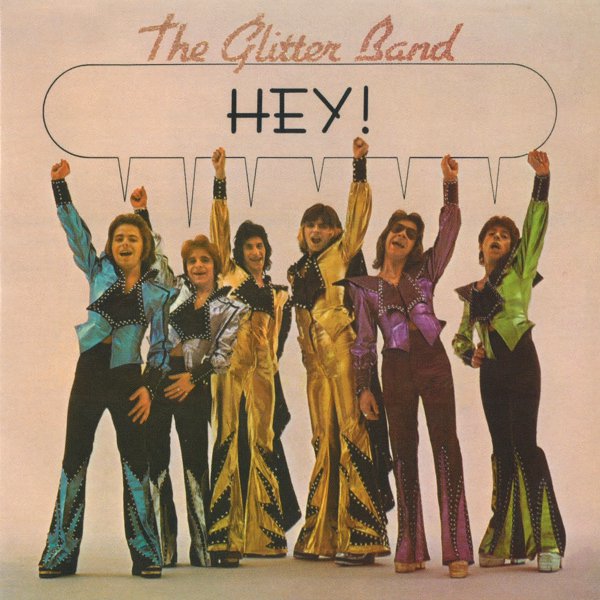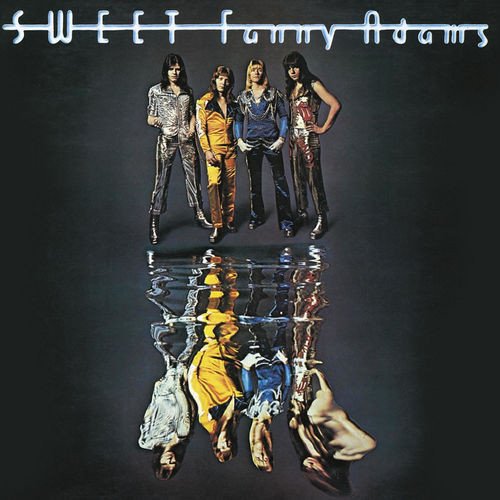Glamorized in retrospect but never quite cohesive or uniform as a scene, the early to mid-1970s reign of UK glam rock had a massive impact on both the charts and pop audiences at the time. Most of its creators were unsuccessful or just lower-key veterans of various 60s musical scenes throughout the UK that found their footing in the new decade. They, often along with similarly veteran producers and/or songwriters, brought together both their hard-earned experience as well as a knack for loud, often beat-driven singles first and foremost, in what was perceived as a reaction to prog rock, singer-songwriters and other more mellow approaches. A general aesthetic of back-to-50s-rock-and-roll roots also was key, though it was less slavish recreation and more repurposing elements and imagery for newer times.
Marc Bolan became the flagship artist for the scene as such when he steered his formerly underground acoustic psychedelic act Tyrannosaurus Rex into electric riffing and punchier singles as T. Rex, with a famed TV appearance wearing face glitter being key. Soon various acts were making a mark both visually and sonically, whether it was David Bowie’s dyed mullet and arty fashions as Ziggy Stardust, Roxy Music’s outrageous costumes and general retrofuturism, Sweet’s fancy looks and string of pop smashes or Slade’s own combination of unique outfits and shoutalong anthems. The equally outrageously attired Gary Glitter, decades before his criminal behavior earned him prison time, not only had a string of hits but his backing group the Glitter Band earned a slew as well.
Even as acts like Bolan, Bowie and Roxy Music started to tentatively explore revamping both their images and approaches, other performers were making a mark, including (unrelated to Ziggy) Alvin Stardust, Mud, Wizzard and, via relocations from America, Sparks and Suzi Quatro. There wasn’t any sudden end date for UK glam, though arguably it perfected a certain kind of pure pop formula with the success of the Bay City Rollers in the mid-70s. The various legacies of glam went different directions soon after, with many younger acts like Ultravox and Japan soon reinventing themselves for late seventies punk and post-punk approaches. In the meantime, whether it was goth, new romantic, hair metal or much more besides, glam’s aftereffects continued to play out down through the years.

